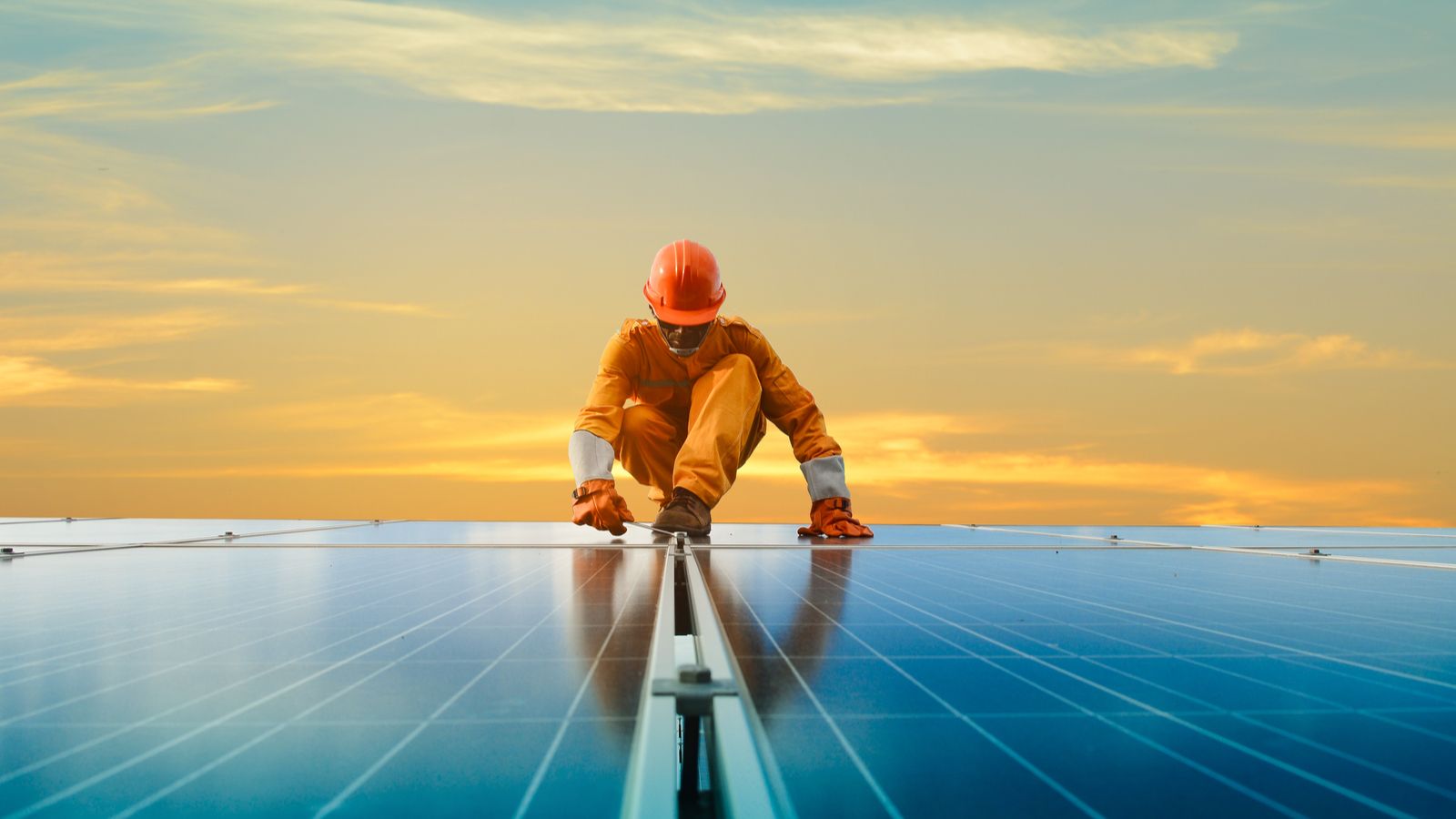
Solar stocks are gaining ground again in 2024 after hawkish federal and domestic supply chain issues led to a decline in share prices. This is thanks to policy issues focusing on this market segment regardless of Republican and Democratic platforms. And solar stocks will remain center stage as we near the next U.S. presidential election.
These three renewable energy stocks have double-digit upsides, ranging from 25% to over 240%. The first one is getting analyst love from Morgan Stanley (NYSE:MS) and Deutsche Bank. The second pick is a company in transition, becoming a storage-led enterprise. The last one is creating a first-of-its-kind “micro-utility” in California that focuses on solar and storage. Let’s dive in.
First Solar (FSLR)

Expect Arizona-based First Solar (NASDAQ:FSLR) to attract value-conscious investors soon. Shares closed on Friday at around $174, down over 17% year over year (YOY). The dip will come as a surprise since First Solar offers the most eco-efficient photovoltaic (PV) solution. Still, numbers indicate no solar stock could escape rising interest rates, policy changes and rising material costs in 2023.
Nevertheless, First Solar is coming off a great year, with three consecutive earnings beats brightening its prospects for 2024. FSLR recorded $3.3 billion in net sales for 2023, with a significant surge to $1.2 billion in Q4. In large part, this is because of increasing module sales, especially in late 2023.
Also, First Solar anticipates a more profitable year in 2024, with estimated revenues of $4.4 billion to $4.6 billion and a diluted EPS prediction of $13 to $14. To avoid supply chain issues, First Solar has obtained an extra 700 megawatts of advanced PV solar modules. It’s a strategic part of a 4-gigawatt master supply deal with Silicon Ranch.
Recently, Morgan Stanley raised its price target to $245, maintaining an overweight rating. The investment bank spotlights FSLR’s strong risk-adjusted earnings profile and its sold-out position through 2026. Further, a Deutsche Bank analyst is similarly bullish. Analysts are projecting over 26% upside based on a target price of around $220.
Sunrun (RUN)

Sunrun (NASDAQ:RUN) is following a similar trajectory to FSLR, with shares down 39%. But, analyst estimates point to a 71% upside. Apart from that, Sunrun is particularly attractive. A company in transition, it’s moving from traditional solar installations to energy storage.
Sunrun deployed 219.7 Megawatt hours (MWh) of storage capacity in Q4 of 2023, up 154% year over year (YOY) and 25% sequentially. Also, 227.1 megawatts (MW) of solar energy capacity were installed. By the end of 2023, the total networked solar energy capacity reached 6,689 MW, firm footsteps on the transition path. If you think these stats are impressive, Sunrun installed 1.01GW of new solar installations in 2023.
Not to be outdone, Sunrun anticipates installing 800-1,000 MWh of storage capacity by 2024, a 40%-75% annual increase. The estimated range for the entire year is between 971 and 1,073 MW, indicating a potential ramp-up to 5% YOY.
Therefore, RUN holds a strong position as it shifts focus toward solar storage.
Sunnova Energy International (NOVA)

Sunnova Energy International (NYSE:NOVA) wraps up our discussion on solar stocks, offering a potential upside of 240%.
NOVA’s strong buy rating is attributed to several creative projects, such as the first-of-its-kind “micro-utility” in California. A wholly-owned subsidiary leads the project, which intends to provide self-sustaining micro-utilities for new housing communities.
Sunnova will be able to work with developers to deploy distributed solar-powered microgrids, focusing on newly constructed houses. An application for the project is with the California Public Utilities Commission.
Additionally, the U.S. Department of Energy guarantees up to $3.0 billion in partial loans conditionally under Project Hestia. Underprivileged communities will have more access to Sunnova’s clean energy services since the financial flows connected with their loans will be partially guaranteed. The initiative is anticipated to enable Sunnova loan originations of between $4.0 and $5.0 billion, lowering the cost of capital.
Setting aside all of these activities, Sunnova stands out from other solar stocks thanks to strong execution. By the end of 2023, it had added over 419,000 customers, with over 34,000 users brought into service in Q4 alone.
In the middle of all this, don’t ignore the client loan portfolio, which brought in $115.9 million for the year. Thus, Sunnova wants to build on these stats and add between 185,000 and 195,000 new customers in 2024.
On the date of publication, Faizan Farooque did not have (either directly or indirectly) any positions in the securities mentioned in this article. The opinions expressed in this article are those of the writer, subject to the InvestorPlace.com Publishing Guidelines





